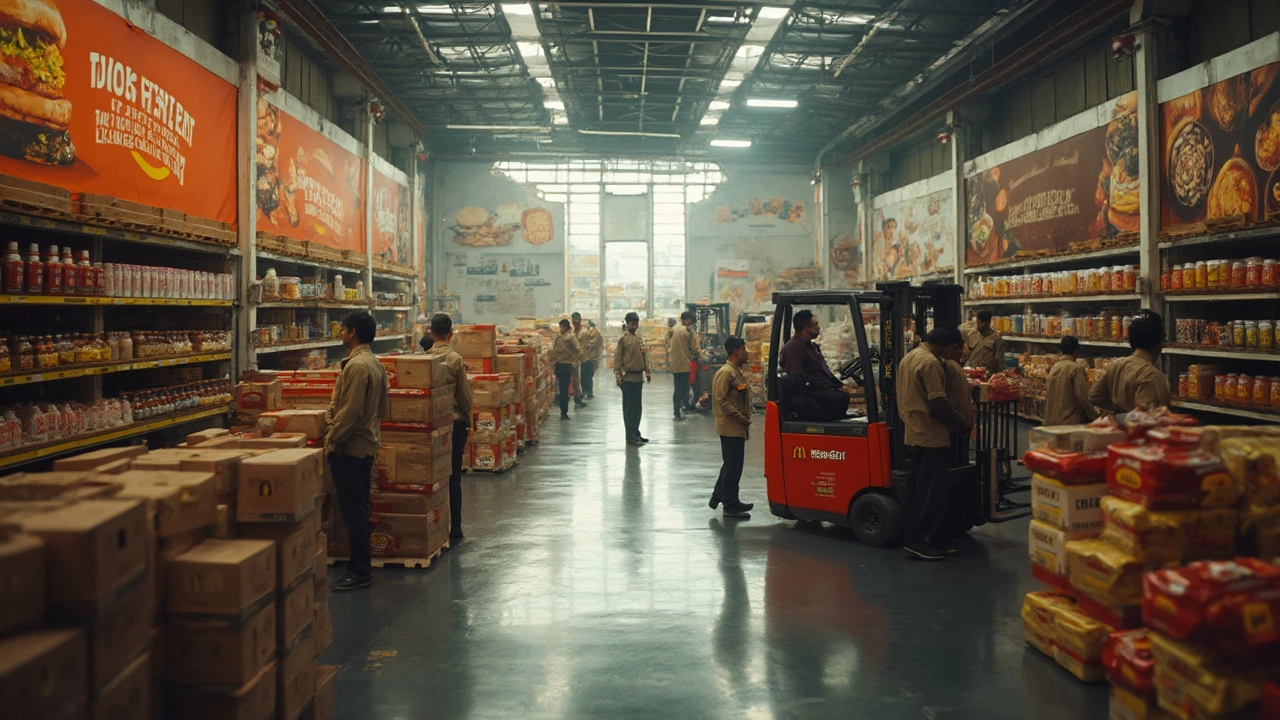Distribution Explained: What It Means for Your Business
When you hear the word “distribution,” you probably think of trucks on the road or shelves in a store. In logistics, it’s the whole process that moves goods from a warehouse to the customer’s door. Getting this right can shave days off delivery times, cut costs, and keep customers happy. Below you’ll find the basics you need to start improving distribution today.
Types of Distribution in Modern Logistics
First, understand the two main models: direct and indirect. Direct distribution means you ship straight from your own warehouse to the buyer. It gives you full control but needs a solid transport network. Indirect distribution uses third‑party partners—like regional distributors or fulfillment centers—to get the product closer to the end user. Many businesses blend both to balance speed and cost.
Another layer is last‑mile delivery, the final stretch from a local hub to the customer’s address. This step is often the most expensive and risky part of the chain. Options include traditional couriers, crowdsourced drivers, or even in‑house fleets. Choosing the right last‑mile method depends on order volume, delivery speed promises, and geographic coverage.
How Distribution Impacts Your Bottom Line
Every extra mile adds up. A well‑planned distribution network can reduce mileage, lower fuel spend, and trim warehouse handling fees. Look at the posts on “What Is E‑commerce Delivery?” and “How Long Does Last Mile Delivery Take?” for concrete numbers on cost drivers and time frames. Small changes—like consolidating orders before dispatch—often save more than you think.
Inventory placement matters too. Storing goods closer to high‑demand regions cuts shipping distance and improves delivery speed. This is why many companies invest in regional warehouses or partner with fulfillment centers. The article “Warehouse Solution Explained” walks you through picking the right storage setup for your flow.
Technology also plays a big role. Transportation Management Systems (TMS) and Warehouse Management Systems (WMS) give real‑time visibility, route optimization, and predictive analytics. They help you decide when to ship, which carrier to use, and how to batch orders efficiently. If you’re curious about costs, check the “TMS System Cost Guide” for budgeting tips.
Customer expectations keep rising. Offering same‑day or next‑day options can boost sales, but only if you can deliver without breaking the bank. Look at the “Next Day Delivery Cut‑Off Times” guide to understand the timing windows you need to meet.
Finally, keep an eye on performance metrics. Delivery on‑time rate, order accuracy, and cost per mile are the three numbers that tell you whether your distribution network is healthy. Track them regularly and adjust routes, carrier contracts, or warehouse locations as needed.
Distribution isn’t a one‑size‑fits‑all process. By mixing direct and indirect models, investing in the right tech, and constantly measuring results, you can build a system that scales with your business. Ready to take the next step? Dive into our related posts for deeper how‑tos and real‑world examples.
Does McDonald's Use Warehouses? How Their Supply Really Works
Ever wondered what keeps McDonald's kitchens running like clockwork? This article dishes out real insights on whether McDonald's uses warehouses and how their supply chain keeps up with massive daily demand. Find out what goes on behind the scenes, from frozen fries storage to burger patty delivery. Get practical facts that break down warehouse strategy in the fast-food industry. This is the inside scoop on the systems powering your late-night Big Mac.
Read More